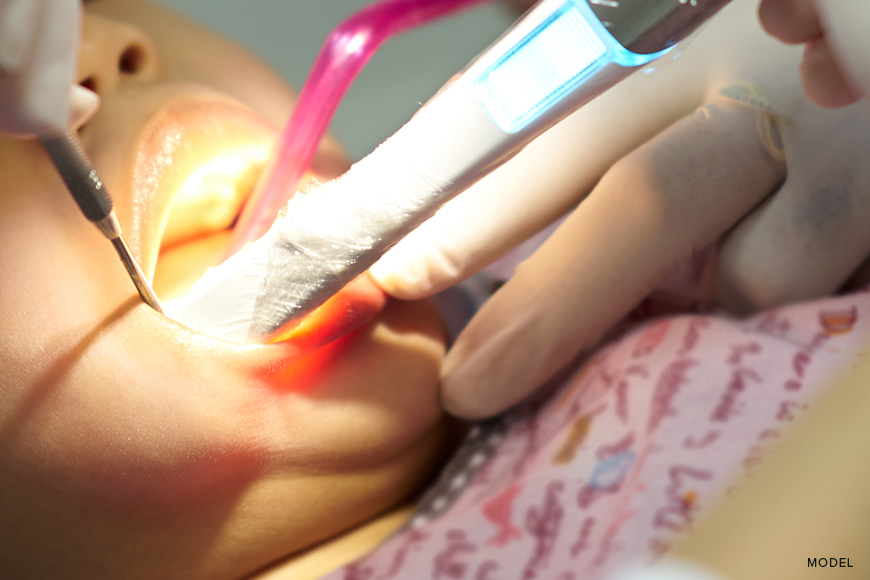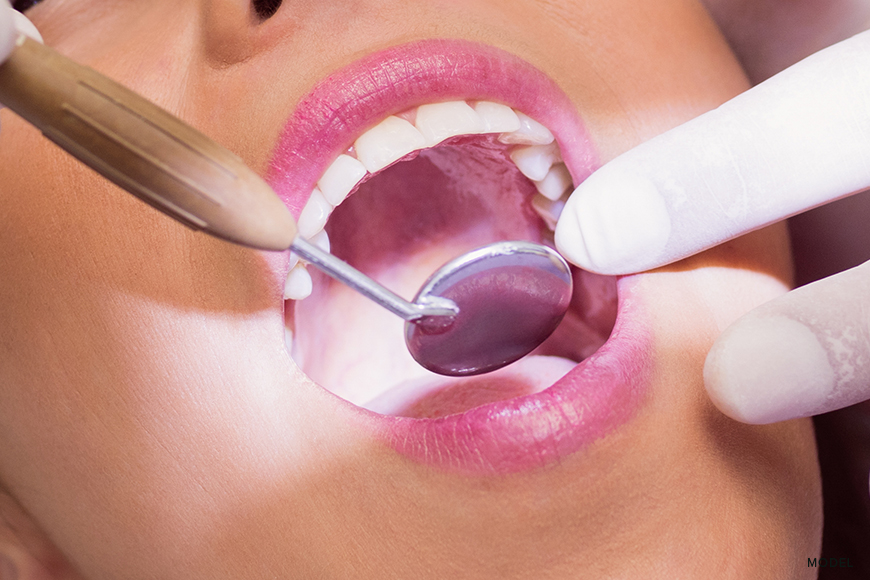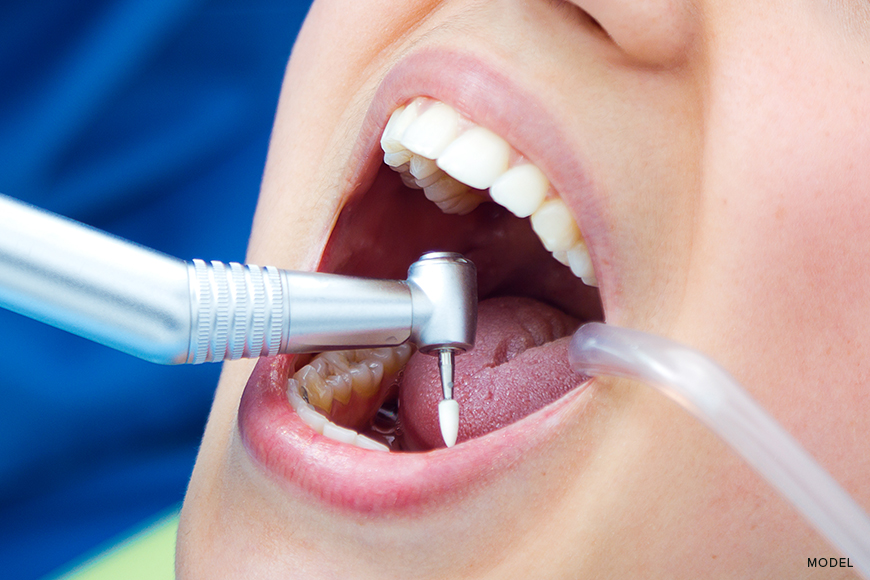Fractured teeth are a common yet often distressing condition, affecting individuals of all ages. Understanding the nature and varieties of tooth fractures is crucial for effective treatment and prevention.
Types of Tooth Fractures
- Minor Chips: Small damage to the tooth enamel, often cosmetic.
- Cracked Tooth: A crack extending from the chewing surface vertically towards the root. Early diagnosis is crucial to save the tooth.
- Craze Lines: Tiny cracks affecting only the outer enamel. Generally, more of a cosmetic concern.
- Split Tooth: A tooth split into two distinct segments, often a result of an untreated cracked tooth.
- Vertical Root Fracture: A crack beginning in the root and extending towards the chewing surface, often showing minimal symptoms but leading to infection if untreated.
Causes of Fractured Teeth
- Biting Hard Objects: Accidental biting of hard foods or objects like ice or hard candy.
- Accidents or Trauma: Falls, sports injuries, or accidents leading to facial trauma.
- Sudden Temperature Changes: Consuming extremely hot and then cold foods or beverages consecutively.
- Aging: Natural wear and tear over the years, but usually would only result to fractures after other external trigger.
- Poor Dental Hygiene: Long-term neglect can weaken teeth, making them more susceptible to fractures.
Symptoms to Watch Out For
- Pain When Chewing or Biting: Pain or discomfort, especially when releasing the bite.
- Sensitivity to Temperature: Sharp pain when eating or drinking hot or cold items.
- Sensitivity to Sweetness: Discomfort when eating or drinking sweet things.
- Swollen Gums: Swelling around a tooth, indicating possible damage or infection.
- Visible Cracks or Chips: Obvious signs of damage to the tooth.
Temporary Measures
When a tooth fracture occurs, quick action can prevent further damage. Rinse your mouth, apply cold compresses to reduce swelling, and avoid chewing on the affected side.
- Rinse Your Mouth: Clean the area with warm water to remove any food particles.
- Cold Compress: Apply a cold compress to the cheek to reduce swelling and relieve pain.
- Over-the-Counter Pain Relievers: Use as directed to manage pain.
- Clove Oil: Apply to the affected area for temporary pain relief.
- Temporary Dental Cement: If available, use it to protect the tooth until you can visit a dentist.
Dental Procedures for Fractured Teeth
Procedures like dental crowns, bonding, or veneers are not just cosmetic solutions. They restore the functionality of your tooth and prevent future complications.
Regular check-ups are not just for cleaning; they’re a crucial part of preventing dental issues like fractures. Your dentist can spot and address potential problems before they escalate.
Emergency Dentistry for Fractured Teeth
At Madison Dentistry, we understand the urgency of dental emergencies. Learn about our swift and effective treatments for fractured teeth and how we prioritize your dental health.
Experience immediate relief for fractured teeth at Madison Dentistry – book your consultation today and prioritize your dental well-being with our swift and effective treatments.





